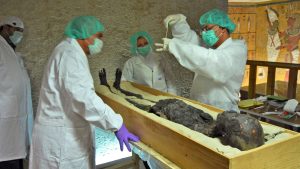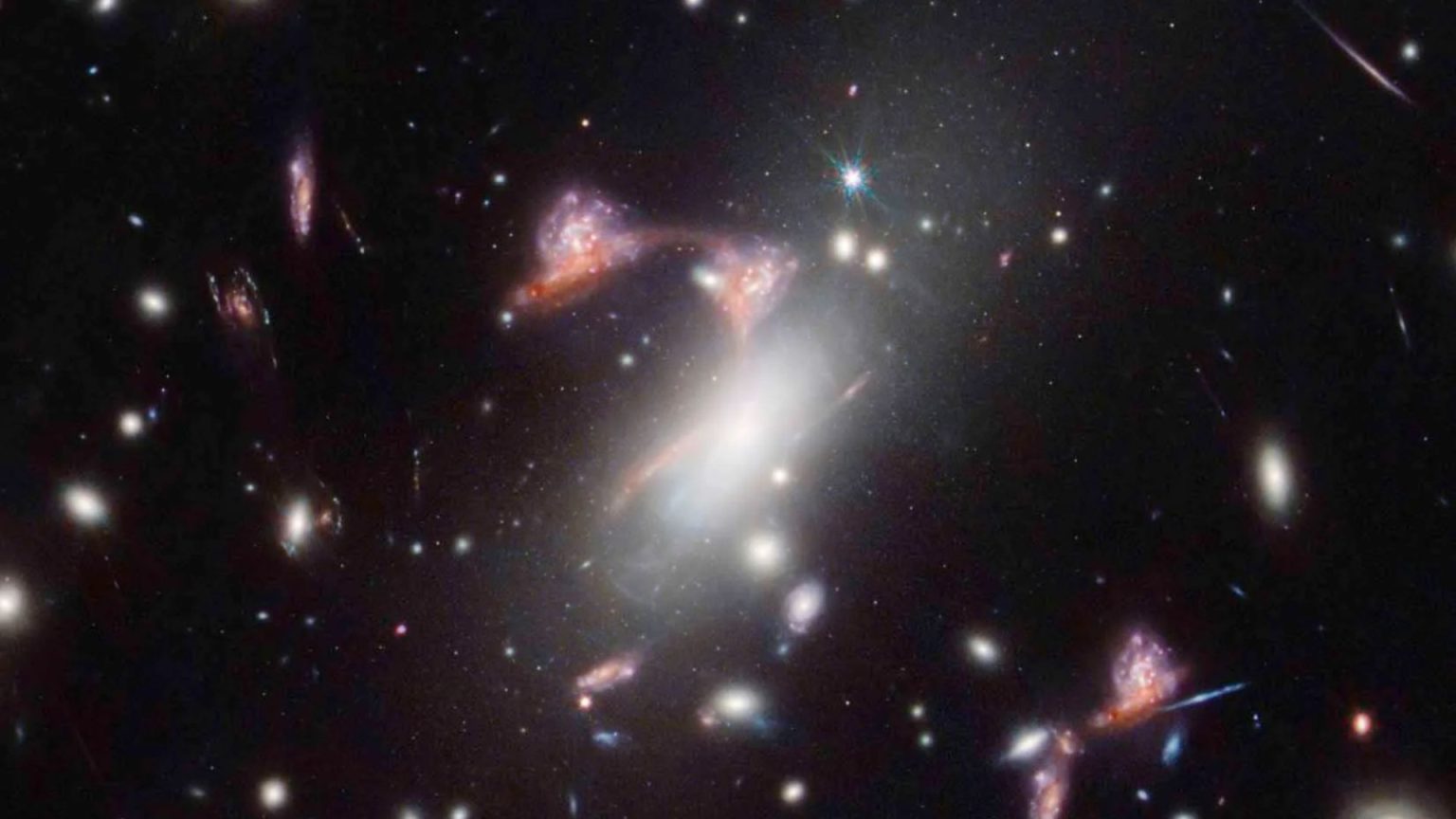The universe is a place filled with weird and wonderful mysteries, from nightmarish planets to literal cosmic question marks. One such bizarre cosmic object is located in the Herbig-Haro 46/47 galaxy, some 1,470 light years away, resembling a question mark. Discovered by the James Webb Space Telescope, this object’s identity remains a mystery, although scientists note its reddish hue indicating its distance from Earth. Meanwhile, nuclear pasta, the strongest known substance in the universe, forming from the remnants of a dead star, is 10 billion times stronger than steel, with the potential to snap under immense pressure.
Researchers have been puzzled by mysterious radio signals known as fast radio bursts (FRBs) since 2007, with a recent burst, FRB 20220610A, reaching Earth after traveling 8 billion years through space. The origin of these ultrastrong and ultrabright signals, billions of light-years away, remains unknown. In another astounding discovery, scientists captured the collision of six galaxies through the William Herschel Telescope Enhanced Area Velocity Explorer (WEAVE), initiated by the rogue galaxy NGC 7318b slipping through Stephan’s Quintet at an astonishing speed of 2 million mph, creating a powerful shockwave like a sonic boom.
At a distance of roughly 64.5 light-years away, lies an exoplanet known for its violent weather and distinct smell of rotten eggs. HD 189733 b, as it is called, has trace amounts of hydrogen sulfide in its atmosphere, giving the entire planet the scent of sulfur. Life on this planet, while impossible for humans given its inhospitable conditions, would certainly be terrifying and mind-blowing, according to NASA. With winds reaching speeds of 5,400 mph, rain that could be deadly, and temperatures exceeding 1,200°F even on the dark side, this planet is a harsh environment not suitable for extraterrestrial life.
The universe continues to hold unique and fascinating discoveries, such as the existence of nuclear pasta, a substance 10 billion times stronger than steel, formed from the remnants of dead stars. Fast radio bursts (FRBs), mysterious ultrastrong and ultrabright radio signals reaching Earth from billions of light years away, have puzzled researchers since 2007. In recent news, the collision of six galaxies was captured in unprecedented detail by the William Herschel Telescope Enhanced Area Velocity Explorer (WEAVE), showcasing the aftermath of a rogue galaxy racing through Stephan’s Quintet with immense speed.
The mysterious cosmic object resembling a question mark found in the Herbig-Haro 46/47 galaxy, located 1,470 light years away, continues to baffle scientists with its unique shape and unknown identity. Meanwhile, on the nightmare planet HD 189733 b, located 64.5 light-years away, the atmosphere stinks of rotten eggs, making life impossible for humans. This alien world is characterized by extreme weather conditions, with winds exceeding 5,400 mph, glass rains, and surface temperatures soaring over 1,200°F, making it an inhospitable environment for any form of life. Such discoveries in the vast universe remind us of the strange and intriguing phenomena that exist beyond our planet.




